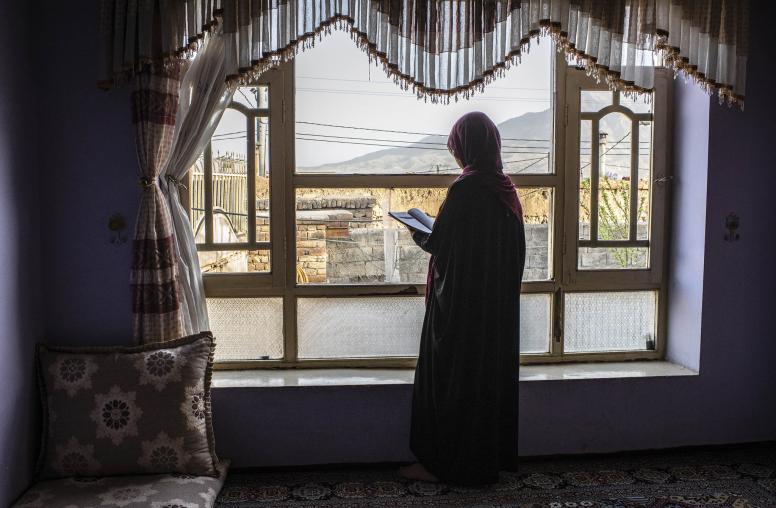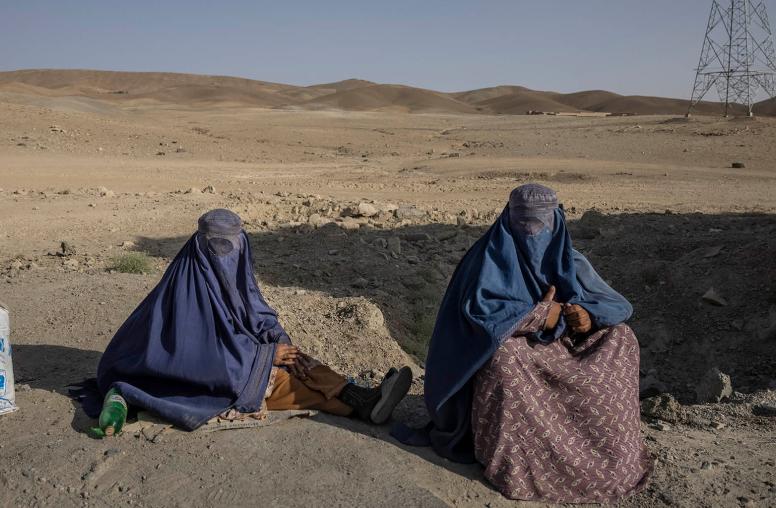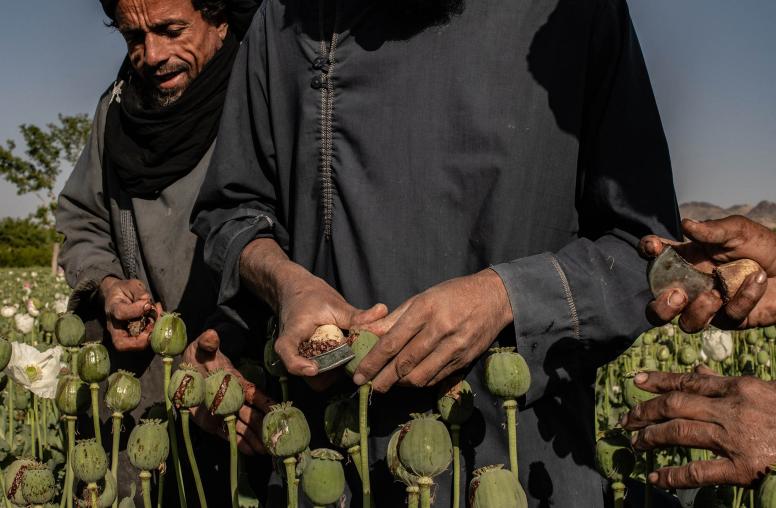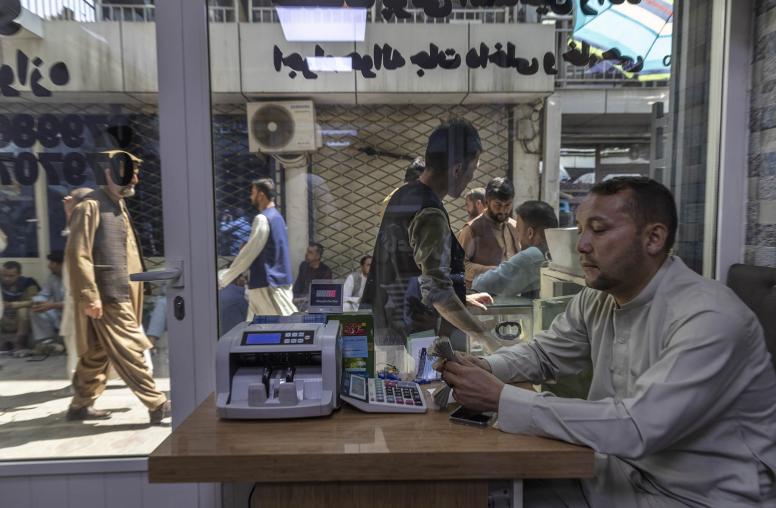The new U.S. plan for Afghanistan--adding troops, trying to coax the Taliban into a peace process, and supporting government reforms--is being met with skepticism and outright hostility by some who believe the situation there has always been hopeless. But the idea that nothing has worked in Afghanistan, let alone that nothing would have ever worked, is a profound misreading of the past 16 years.
Such a conclusion is wrong in two important ways: It ignores the crucial strategic mistakes the U.S. and its allies made in the early 2000s; and it doesn’t take into account the country’s evolution and changes over time, punctuated by several inflection points when opportunities were missed.
The first mistake, widely noted at the time, was the shifting of U.S. attention and resources away from Afghanistan to Iraq almost as soon as the surprisingly quick and easy victory over the Taliban was achieved in early 2002. That left the country under-resourced and at risk.
Second, it was a mistake to refuse to allow more conventional, adequately-resourced peacekeeping arrangements after the fall of the Taliban regime. The initial International Security Assistance Force (ISAF) included just a few thousand troops and, strikingly, was not allowed to set foot outside of Kabul.
Another early error was the decision to back local warlords financially and otherwise, thus legitimating their often-abusive power. While it was understandable to rely on them instead of large-scale U.S. ground troops to defeat the Taliban in 2001, there was certainly a choice about whether to unreservedly support and entrench them subsequently. Viewing them as “good guys” and reliable allies was a naive sentiment, easily discredited by anyone aware of their activities in the early to mid-1990s civil war.
Yet another costly strategic error was refusing to allow any kind of negotiations with the Taliban, at a time when that would have involved little more than some kind of dignified surrender with guarantees they would not be sent to Guantanamo or prosecuted for war crimes.
It is also important to recognize the considerable dynamism and fluidity of the situation on the ground. Just because something did not work when it was tried does not necessarily mean the same approach would have failed if implemented at another, more propitious time.
For example, what would have happened if a more conventional international troop presence (with peacekeepers) had been deployed to Afghanistan in the early years? This kind of early “surge” might well have been a game-changer, and would have involved only about 20,000 troops, not many more than the U.S. and its allies will have in Afghanistan under the new strategy, and far short of peak troop levels of over 100,000 in 2010-2011.
So the lesson from all the efforts and mistakes of the past 16 years is not that we should throw up our hands and declare the conflict hopeless. Thoughtlessly disengaging would be not only wrong, but dangerous.
The new Afghanistan strategy may well be the best among a bad set of options, not least because it omits disastrous ideas that reportedly were being considered. But it will be important to proactively take advantage of opportunities as they arise.



